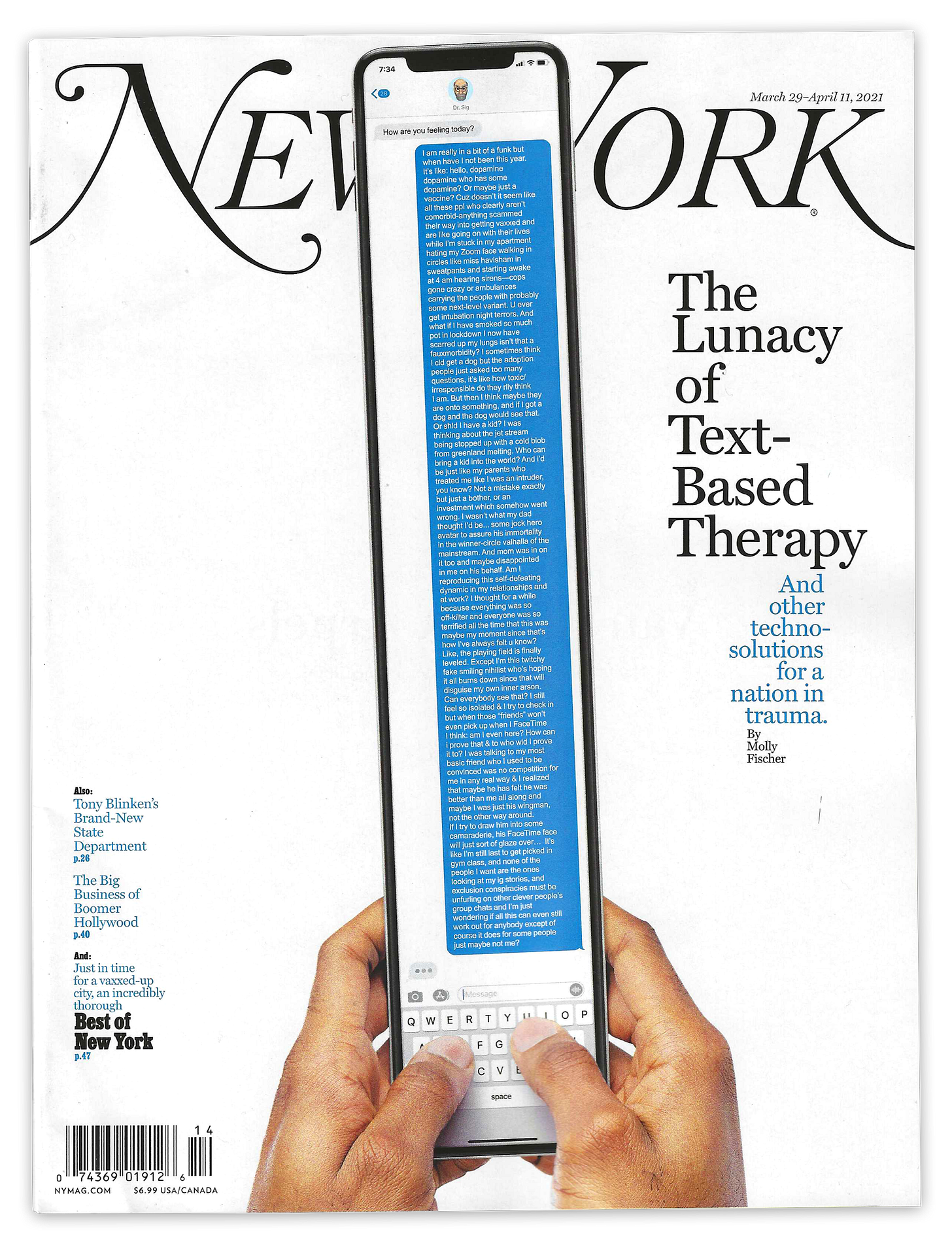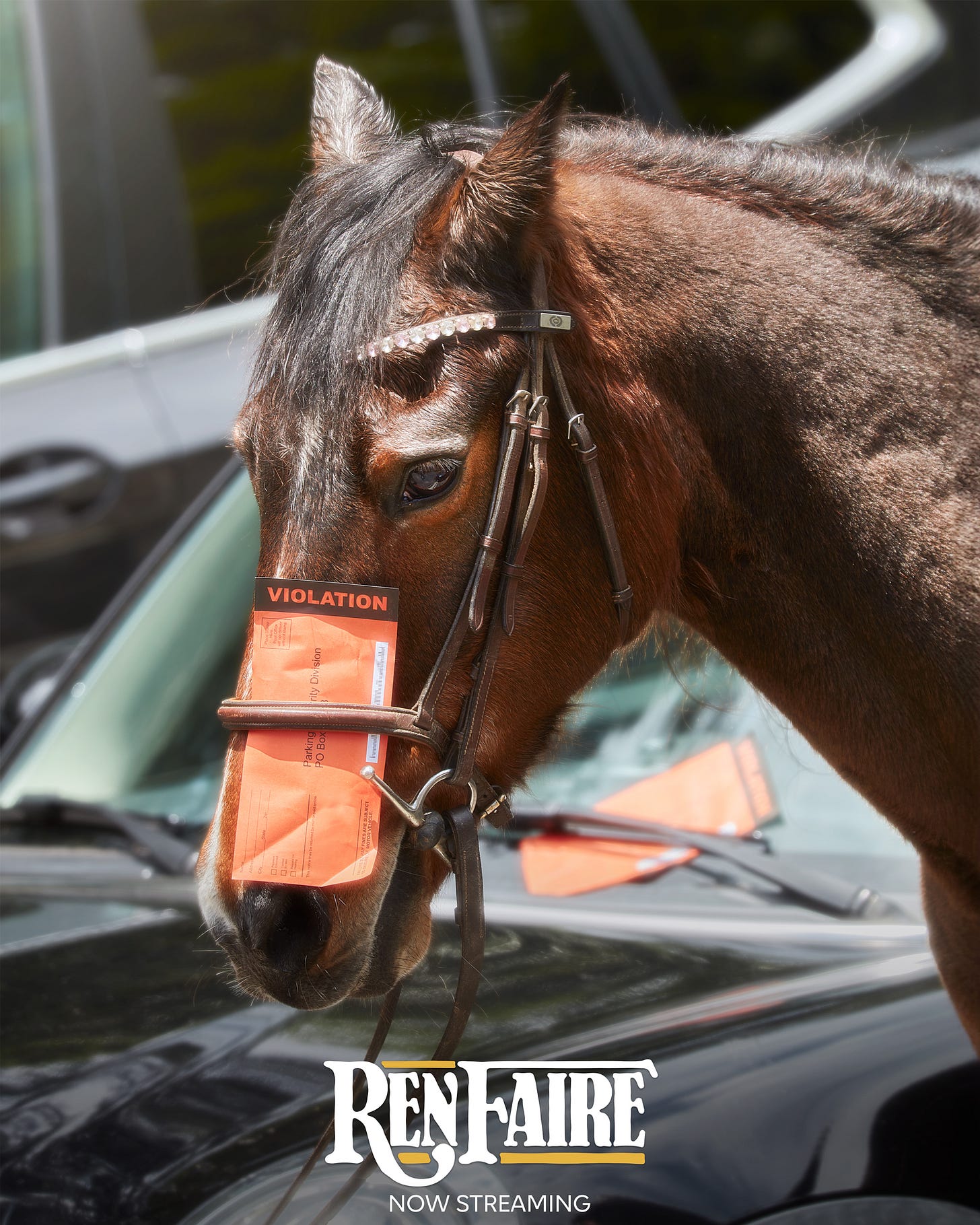5 questions with Pablo Rochat.
When talking about creativity and artistry, many names pop up within fashion. But one thing is for sure, and that is, that nobody is doing it like Pablo Rochat.
From his funny and mega-viral bits on Instagram to major campaigns and videos for the likes of Balenciaga, Drake, Nike, and Jacquemus, Pablo has cemented himself as the go-to when brands need a bit of edge.
In this small interview, he elaborates on inspiration, the work process, and his advice to young creatives who want to leave a mark in the creative space.
Where did your journey start, and how did you find your own creative voice?
My mom is an artist and my dad is a psychologist and writer. So I grew up in an artistic household and spent a lot of time in my mom’s art studio, trying to make art and dreaming of being an artist when I grow up. I was the art kid in high school, but I was also making pranks and silly videos with my friends. I ended up studying graphic design in college, but always knew I wanted to be an independent artist/creative at some point. I’ve gone through a lot of trial and error to get to where I am with my current creative voice. And I still feel like I’m evolving every year.
Can you describe your work process when working with a big client like Balenciaga or a musician like Drake? Is it the same, or how does it vary from job to job?
Each client is different, but the goal is always the same, to make the most creative work and solve the specific challenge that the client gives me, whether it’s selling a product or creating a companion visuals for another artists work, like Drake.
The projects start with getting as much information about what the client wants to accomplish and figuring out how to make the most out of the resources and schedule. After getting briefed, my job to come back to the client with creative concepts and an understanding on how it will be accomplished. The communication with the client can be as casual as a text message, DM, or a big email with teams of people on it, and zoom calls with marketing teams. In the end, I try to think of all the possible creative executions and filter out what feels like the most exciting execution.
Your videos on Instagram have such a unique vibe and aesthetic - where do the ideas come from, and where do you draw inspiration from in general?
I’m constantly writing down ideas in my sketchbook, for both personal and client projects,. I’m always looking at at ideas and trying to refine concepts until I feel like they are ready for production or a prototype.
The vibe of my work and my voice as a creative comes through in my selection of concepts to make, and how I decide to make them. A lot of my work feels casual and a part of daily life, which is by design . Some of my favorite art and entertainment is made by people who are not professionals , who simply had a creative idea and decided to make it without professional production crew. I like making work that feels like anyone could’ve made it. Great art can be made with limited resources, it’s the idea that makes the deference.
When was the moment you knew your work resonated with so many people?
The popularity of my work has been very gradual, over the past 10 years. With all the data and numbers that social platforms give us, it’s easy to measure what resonates and what doesn’t. I don’t like attaching the success of my work to likes and comments, but those things can often indicate what’s resonating and what’s not. It’s amazing to see a bunch of people reacting to your work, it never gets old.
What is your advice for young creatives, who want to get to where you are?
Becoming a successful creative takes a lot longer than you might expect. I think my work is a lot better than it was 10 years ago, so I’m happy that I didn’t become popular for the work I was doing when I was younger.
I’m just as impatient as anyone else, so I dealt with a lot of frustration as a young creative, feeling like I’m not getting recognized or producing the work that I could be. it takes a lot of trial and error to develop your creative voice and find your audience.
Expect a lot of failure in the short term, and you’ll be surprised what success you’ll find in the long term.





